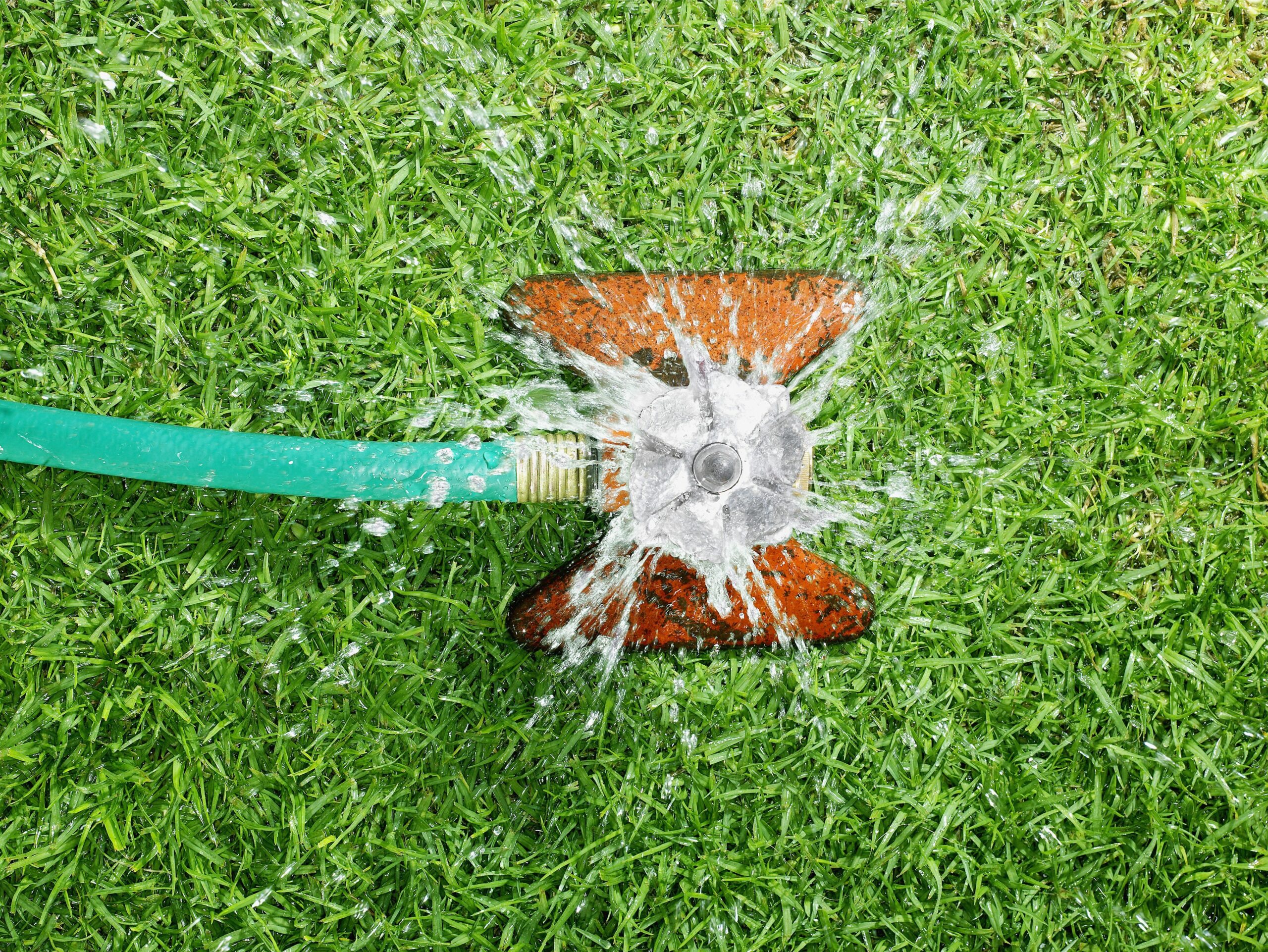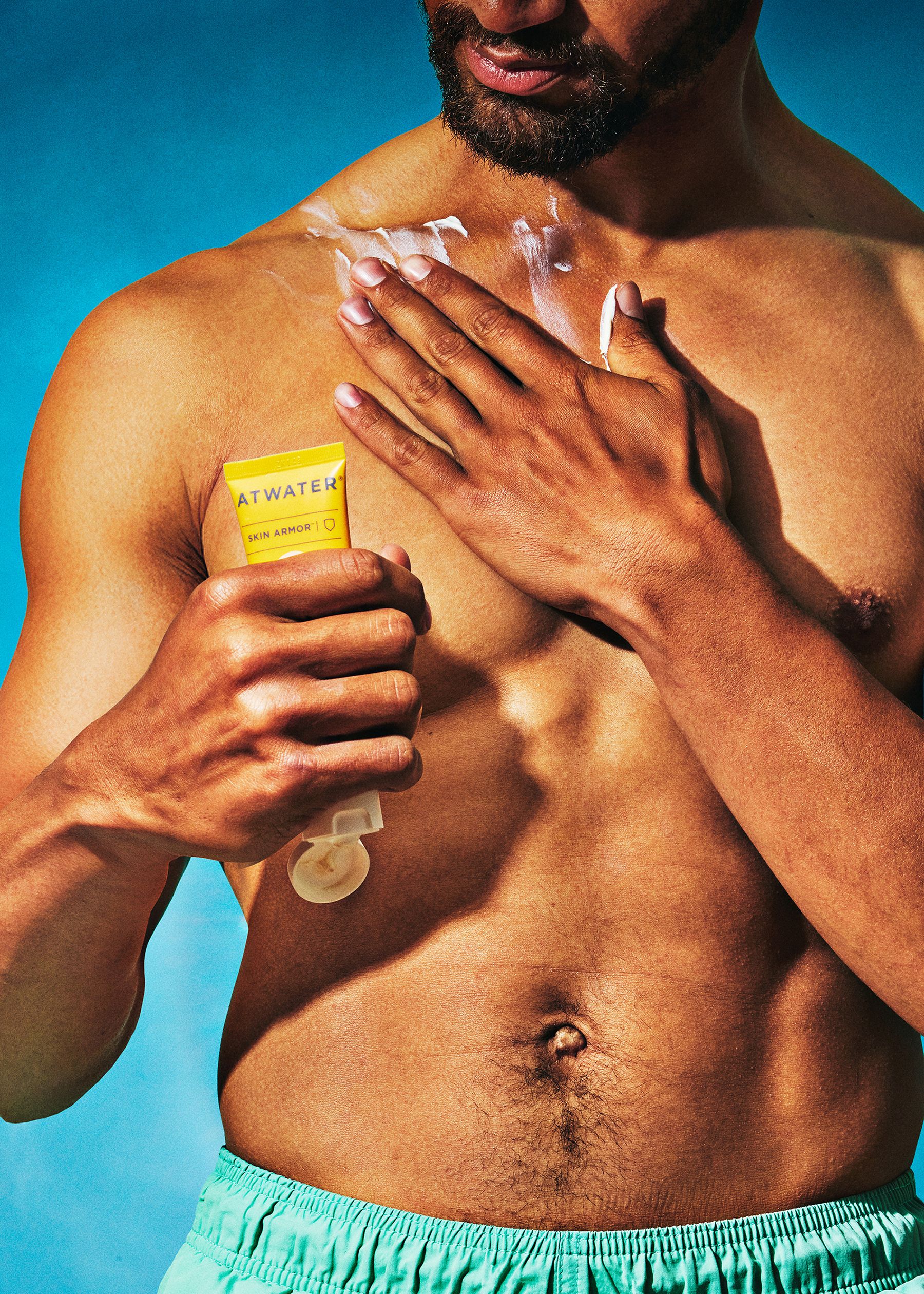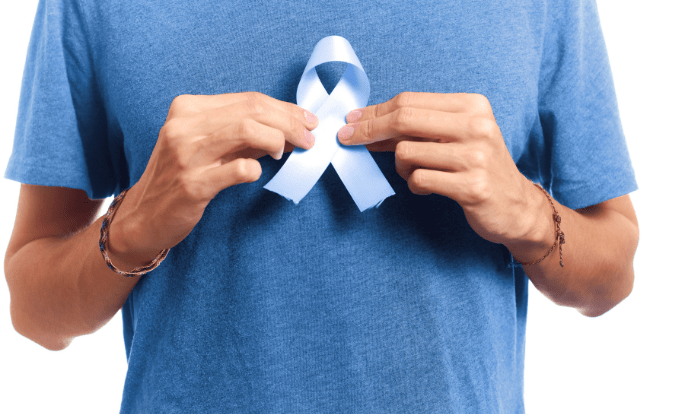You may wake up one moment and notice that your undies (or sheets, if you sleep naked) are a little damp and sticky. You take a whiff, and no, you definitely didn’t pee yourself while you slept. It’s not sweat either, since sweat isn’t that sticky.
You just had a wet dream, “which are basically ejaculations during sleep,” explains Michael Ingber, M.D., a urologist and urogynecologist at Garden State Urology.
Wet dreams (or in the medical field they’re called “nocturnal emissions,”) work the same as when you ejaculate and orgasm while you’re awake. “Ejaculate fluid comes mostly from the seminal vesicles which sit behind the prostate, and additional fluid comes from the prostate itself,” Dr. Ingber says. “This happens when the sympathetic nervous system is discharged, which causes ejaculation.”
To learn all about wet dreams, and specifically why you get wet dreams as an adult, we chatted with urologists to learn why we have adult wet dreams, if wet dreams are healthy, and why you may actually see an increase in wet dreams as you age.
Why do wet dreams happen?
“Nocturnal emissions aren’t fully understood,” Dr. Ingber says. “However, one theory is that erotic dreams occur during a portion of REM sleep that cause ejaculation.”
Still, not every person with a penis gets wet dreams. About two-thirds (66.3%) of men reported ever having a wet dream in data collected from the 2014 National Survey of Sexual Health and Behavior.
Who has nocturnal emissions?
“Wet dreams are more common during adolescence and around puberty when hormonal changes are common and decrease with age as hormones become more stabilized,” adds Faysal A. Yafi, M.D., the medical director of the Department of Urology Men’s Health Program at UC Irvine Health. But plenty of people experience them as adults, too.
Also, while wet dreams are often thought of as specific to people with penises, but people with vulvas can also orgasm while having wet dreams, notes Dr. Yafi. “Wet dreams occur in women, likely for the same reason as men (i.e., erotic dreams),” he says. The 2014 National Survey of Sexual Health and Behavior noted that 41.8 women reported having at least one wet dream in their lifetime.
How often do wet dreams occur?
The frequency of wet dreams can vary depending on a person’s sexual activity, age, and hormone levels, says Jamin Brahmbhatt, M.D., a urologist and sexual wellness expert at Orlando Health.
“In general, just like the ability to maintain an erection wanes over time, the frequency of nocturnal emissions also decreases with older age,” Dr. Ingber says. This is due to changes in hormones level.
Now while wet dreams tend to become more infrequent with age, “if they suddenly start increasing in frequency in adulthood, this might be a reflection of hormonal changes or potentially significant sexual stimulation prior to sleep,” says Dr. Yafi.
(An aside: There have been some interesting studies on wet dreams. Dr. Ingber notes one 2020 study where “those who watched more than three hours of TV per day were more likely to have experienced NE.”)
Is there anything unhealthy about wet dreams?
“No, there is nothing unhealthy or pathologic about wet dreams,” Dr. Ingber says. “So whether you have multiple ones per night, or just a few, or never have them at all, there is no medical benefit nor is there a medical reason to be concerned.”
Can you prevent a wet dream from happening?
As mentioned, regular sexual activity will decrease your likelihood of having a wet dream, but you can’t definitively prevent them from happening.
Since these “dreams” happen when you are sleeping—a state in which you have no control over your body—you cannot regulate your urethra, Dr. Brahmbhatt says. (That also means you cannot purposefully cause one to happen, in case you were wondering.)






Post Comment